ASSISI
This Umbrian town is located on top of a large hill in the green forests of this area. It is now a World Heritage site. It was the birthplace of of St Francis (1181) who founded the Franciscian order - now the largest Catholic religious order. It was also the birthplace of St. Claire, who founded the religious order, The Poor Claires, who minister to the poor. The town has Medieval walls that we have become accustomed to seeing in this area. The Basilica of St Francis is the main Church in town. There is a monastery in the lower level of the church. The body of St Francis is entombed in the Church. Two of the local artistis in the 13th century adorned the church with frescos. Ciambue and Giotto were both very famous for their frescos.
We particularly enoyed the Eremo della Carceri, a small monastary set in a canyon above Assisi. This is a peaceful bucolic area that St. Francis enjoyed and communicated with nature. St Francis's family was very wealthy, however, he took the vow of poverty, and lived a very humble life among the poor.
PRECI - Our village May festival
Preci, our small village hosted a "May Festival". This ia an annual event the last weekend in May to celebrate the coming of summer. The festival was beautiful in it's simplicity. Many of the local muscians brought their accordians; some of the local crafts were displayed; Norcia brought their cured meats. It was such a pleasure to attend. During this festival, I noticed that there was an absense of cell phones and texting. I can't remember the last time I was in a group of 75 - 100 people that there wasn't a confluence of people texting and shouting into their cell phones. There were simple pleasures. The make shift band and costumed dancers encouraged all of the festival attendees to dance with their girlfriends or wives. The children were running around dancing and playing with each other, and the elderly were watching all of the festivities and chatting with each other. There was no alcohol being consumed in massive quantities, and it was an "old fashioned" fun family gathering. It was a very precious moment.
A very interesting fact about Preci was that during the 1200's all of the famous surgeons that were skilled in cataract, gallstones and hernia operations lived here. They were particularly noted for their skilled eye surgeries for cataract removal. We visited the tiny museum here that displayed the instruments used for these surgeries. These instruments were designed by the surgeons as well. One of their most noteworthy patients was Queen Elizabeth I of England who was treated for cateract removal by Dr Durante Scachi - the most notable of all of the Preci eye surgeons.
TREVI
An ancient villiage surrounded by two medieval walls. Famous Basilica of Saint Emiliano was built in the 1300's. This little village was known for its large printing presses in the 1500's. Now, the church of the Madonna della Lacrime is adorned with famous Perugio and La Spagna frescos.
Also in this area it is very famous for the sagrantino grape only grown in the Montefalco area. We visited the Rocca di Fabbri vinyard and tasted the local wines. The Monterossa which is a blend of Sangiovese, Sagrantino, and Merlot. The pure wine of the Sagrantino grape is the most fragrant, and the fullest of all. By law the grapes must be aged for 30 months, and 12 months must be in French Oak casks. The Sagrantino grape is only found in Umbria in the area of Perugia. It is a fine wine. They are rated DOCG - the highest rating of an Italian wine.
The white Grecchio and the chardonnay grapes are only aged in stainless steel. The vinyard also grows their own olives for olive oil. The total production of the vineyard is 250,000 bottles of wine a year. A bottle of Sangiovese wine - which is the most prolific grape, and easiest to grow costs 4Euros. Ahh the joys of being close to the vine.

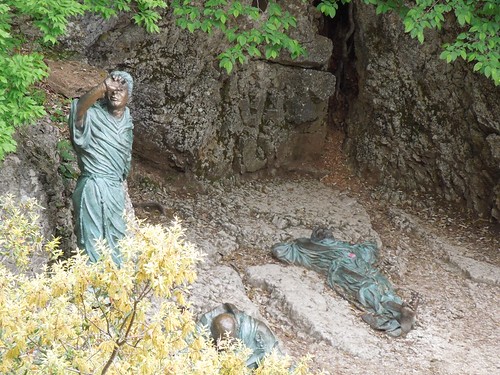
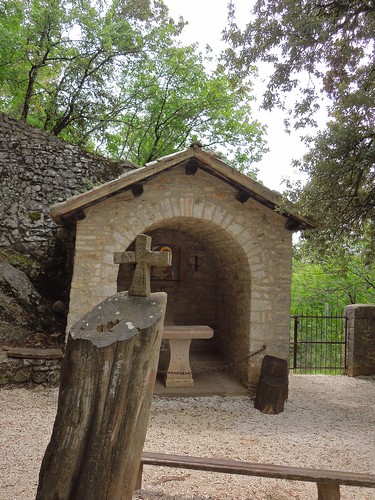
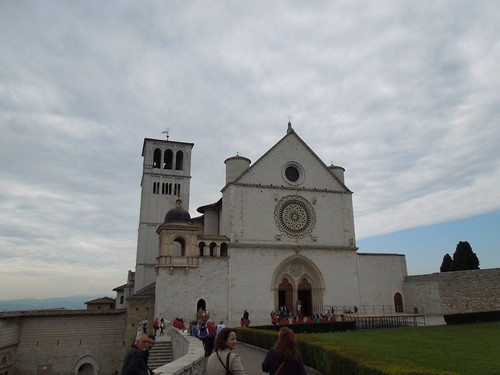
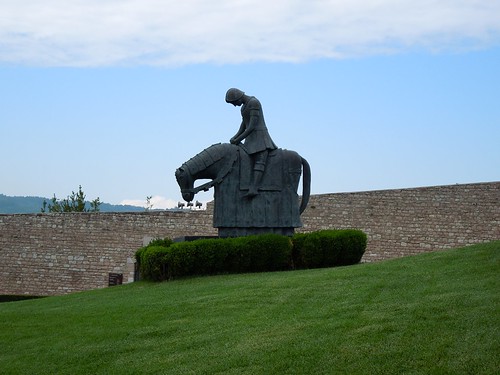
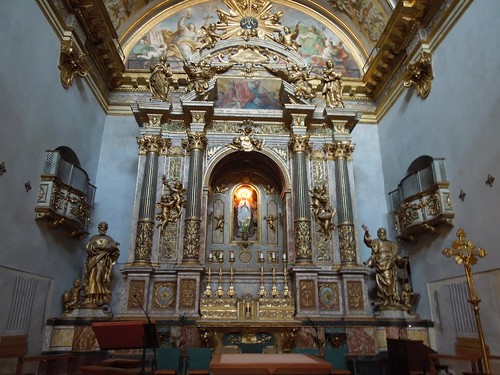
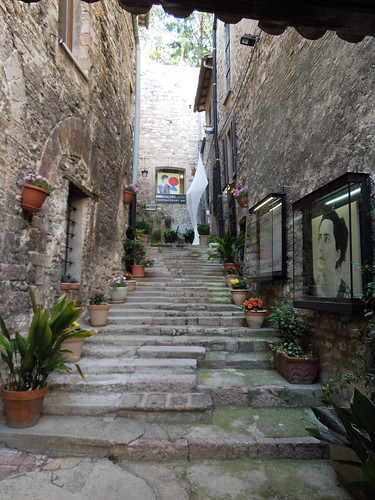
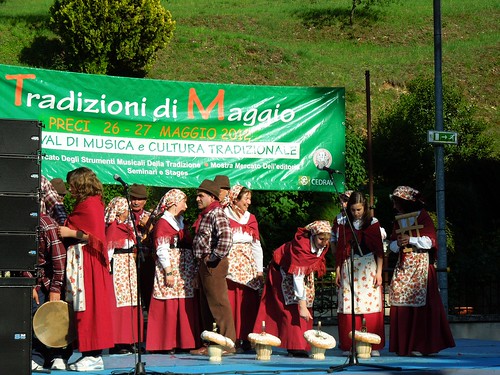

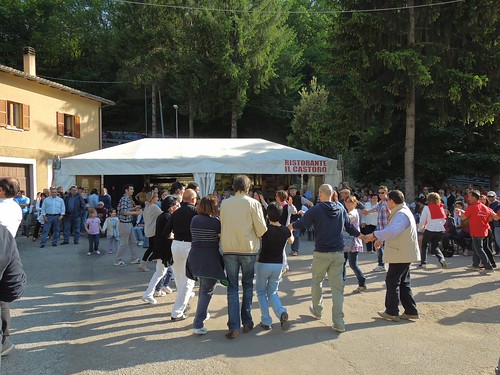
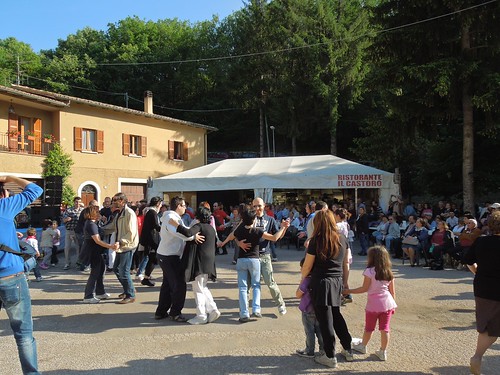
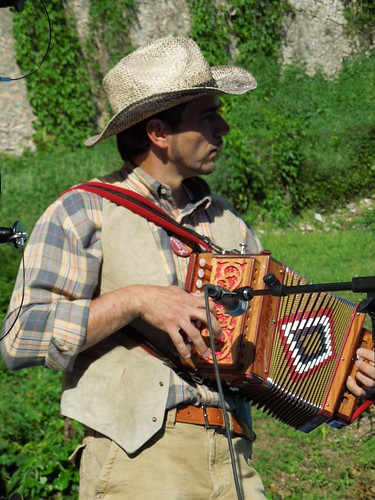
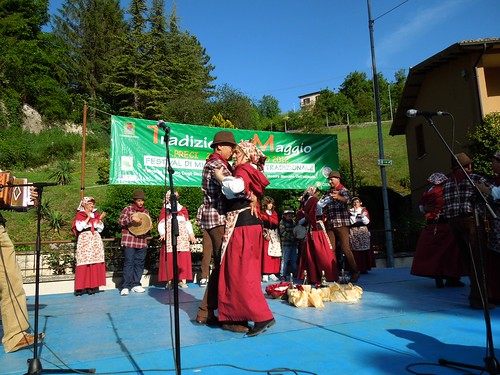
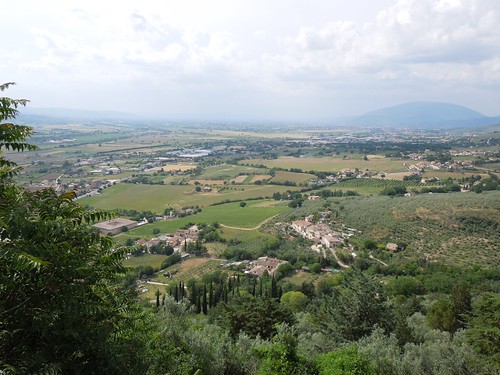
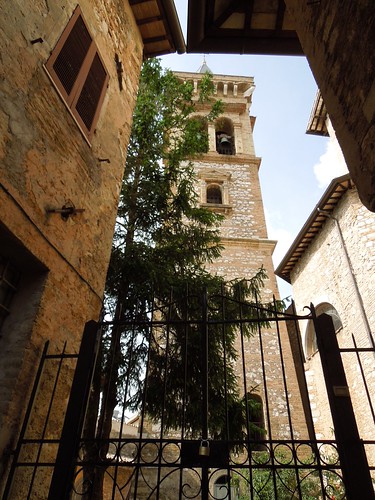

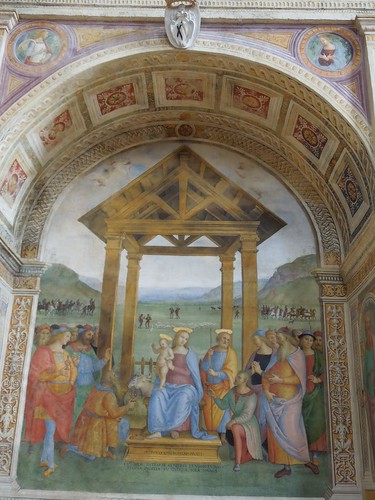
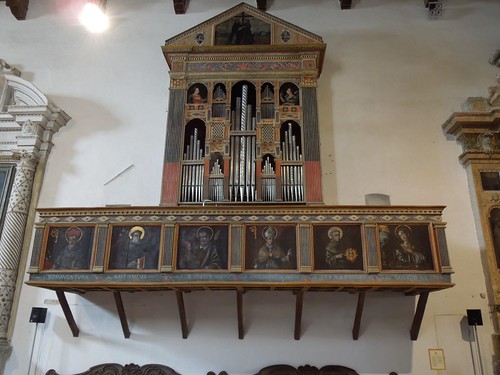
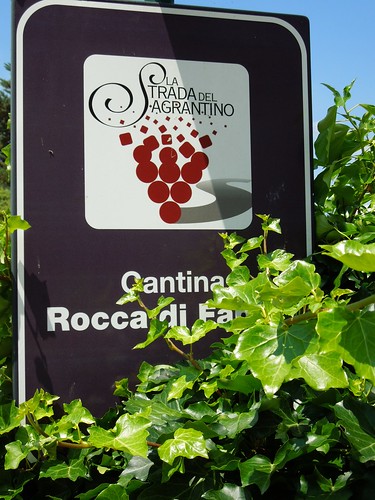
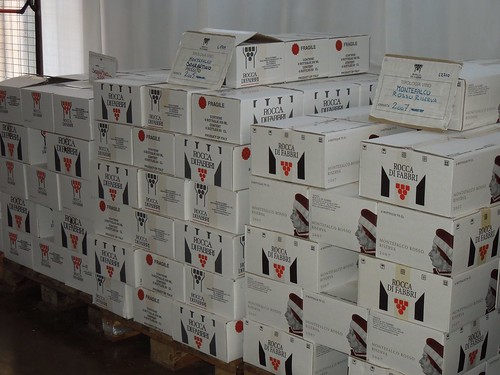

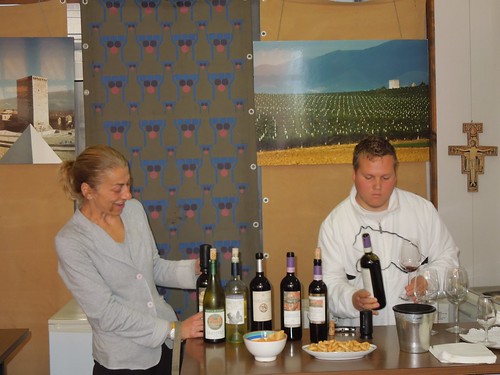
No comments:
Post a Comment